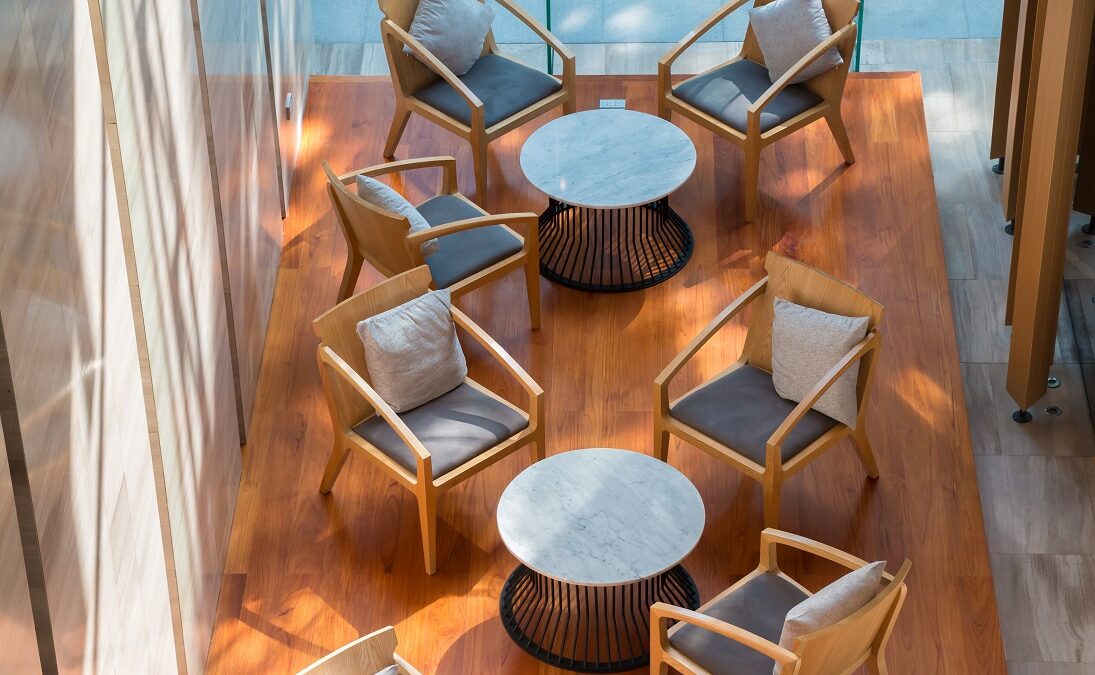Flooring installation can make a significant difference in a property’s aesthetic appeal and value, but it comes with a cost. Understanding the installation cost of various types of flooring, labor cost, and other factors that affect overall flooring cost can help homeowners make informed decisions about their installations. Here’s everything you need to know about flooring installation costs.
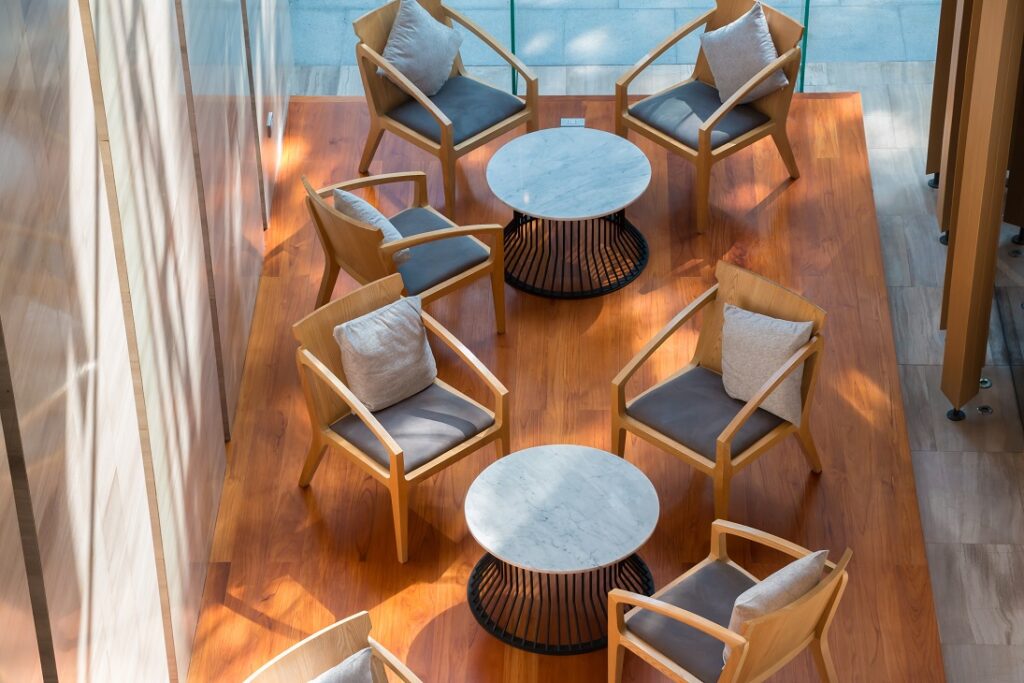
Flooring Installation Cost Per Square Foot
The price for installing flooring will vary based on the type of flooring you use, labor costs in your area, and any subflooring or floor removal fees you might incur. The flooring installation cost per square foot varies depending on the flooring purchased and installed. The costs can range from less than $1 square foot for laminate flooring to more than $10 a square foot for higher-end brands. That’s why the average floor installation varies from $1,000 to $10,000 for a 500-square-foot room.
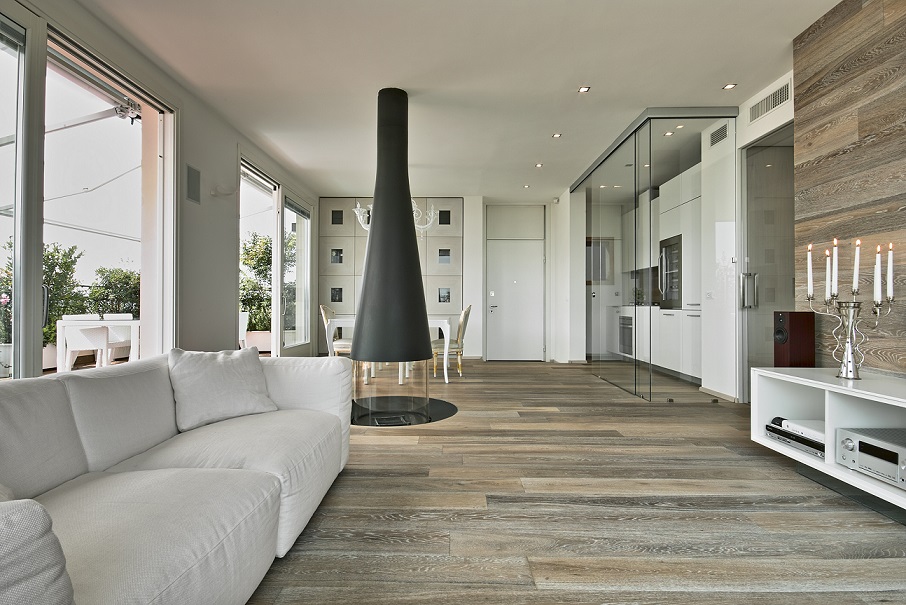
Cost by Flooring Type
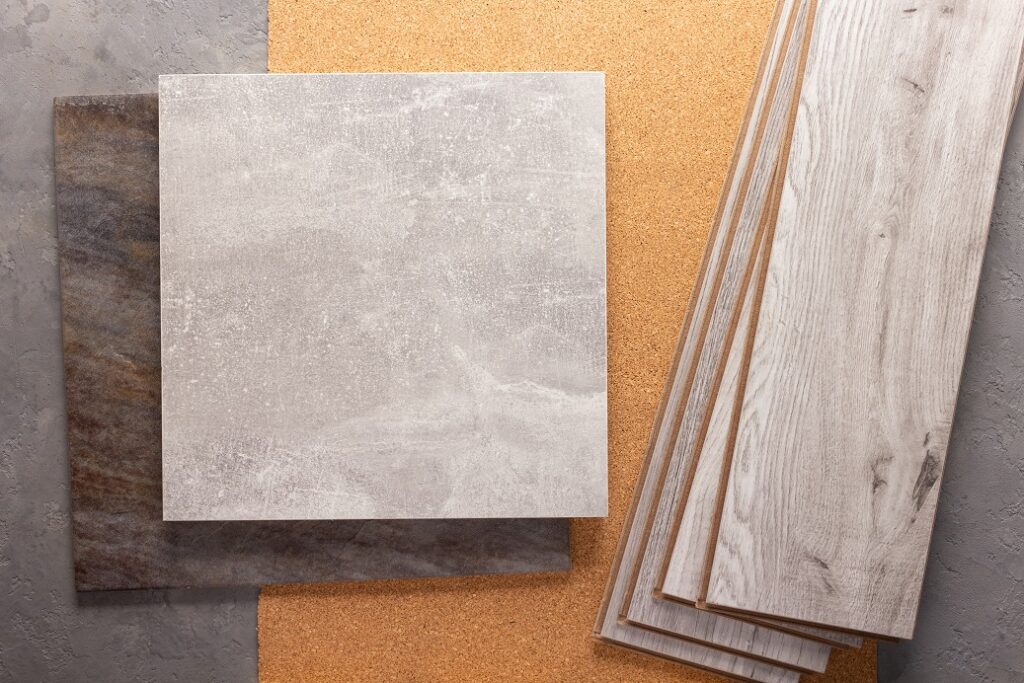
Vinyl
Vinyl plank flooring can typically range anywhere from $1 – $5 per square foot. It’s a standard option for basement or kitchen floors because it’s easy to maintain and clean. It also comes in various colors and patterns, though it may need replacing faster than other materials.
Tile
Tile is a great flooring option for high-traffic areas and can completely change the look of your room. However, the price can be high, with the average cost ranging anywhere between $5 – $30 per square foot. Porcelain and ceramic tiles are more expensive than tiles made from other materials. Customized options will also increase the price.
Ceramic
Generally, ceramic tile is less expensive than porcelain. The average cost of ceramic tile can range between $.50 per square foot to $35 per square foot.
Porcelain
Porcelain tile is a harder substance and wears better than ceramic tile but is also more susceptible to cracking. Porcelain tiles can be priced anywhere from $3 to $35 per square foot.
Laminate
If you want a floor that’s durable and easy to maintain, laminate is an excellent choice. You’ll get the appearance of hardwood or stone at a fraction of the cost, typically around $3 to $10 per square foot.
Hardwood
Stone
Stone flooring costs between $7 to as much as $20 per square foot, and you may need to factor in additional costs for finishing and regular sealing every few years. Stone is durable, low-maintenance and can be an excellent choice for bathrooms, kitchens, or basements.

Concrete
Depending on the desired finish, concrete flooring costs range from $2 to $12 per square foot. Polished concrete is not only affordable, but it is also tough – a perfect solution for high-traffic areas. It will last for decades and requires little-to-no maintenance.
Labor Cost for Floor Installation
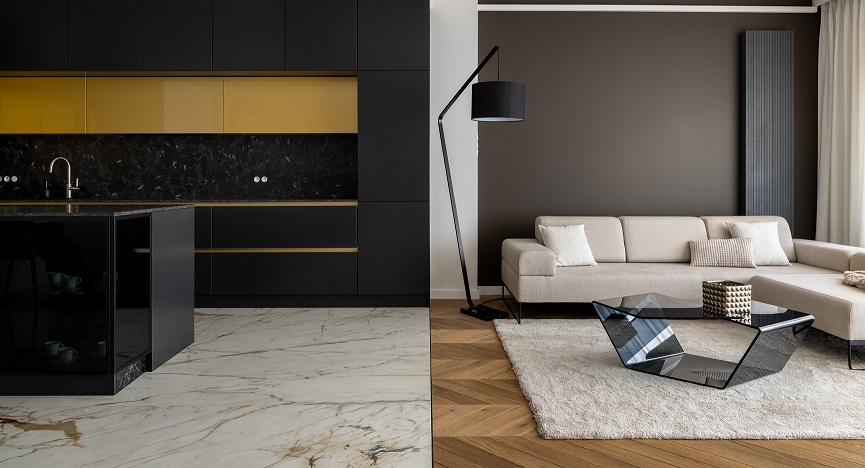
Factors that Affect Flooring Costs
Every flooring project is unique, and cost varies based on several factors. Here are six main factors that affect flooring costs:
Flooring Materials
As discussed, the cost of your new floors will vary based on the flooring you select for your project.
Labor
Installation is a significant cost of the project and can add up quickly.
Underlayment
Proper underlayment is essential for successful flooring installation. For tile flooring, it is crucial to prevent surface cracks and unevenness while ensuring long-term durability. Hardwood flooring, on the other hand, relies on underlayment to produce a smooth, polished finish and minimize the noise from walking on it. Moreover, underlayment introduces additional benefits, such as noise reduction, moisture protection, insulation properties, and cushioning for optimal comfort.
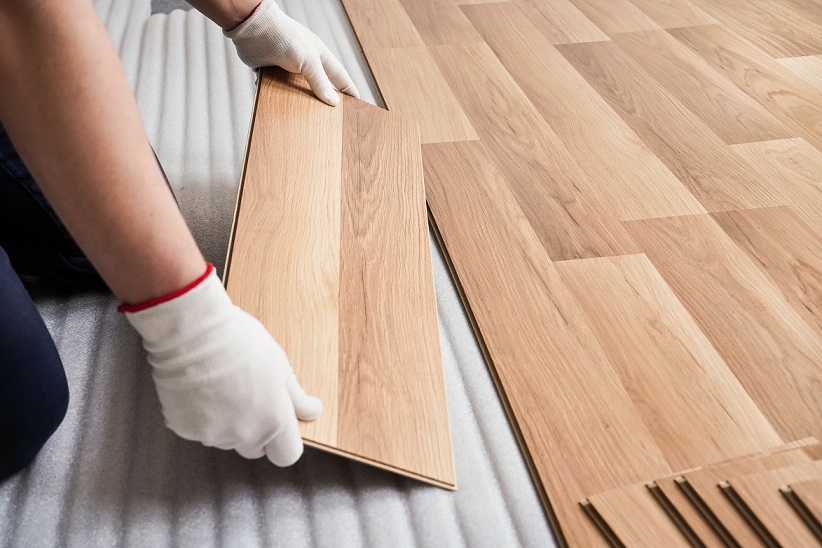
Removal
Flooring size
Flooring is usually one of the most expensive home improvement projects. The larger the project, the bigger the cost. Larger projects often qualify for a discounted rate per square foot, while some companies may charge a higher rate per square foot for smaller jobs, as they have minimum project cost requirements to meet.
Function of the area
How much does it cost to install flooring by yourself?
Installing flooring yourself can save a significant amount of money. Installing flooring yourself can cost between $0.50 to as much as $15 per square foot for materials, not including your prep and labor time. But remember, if the work doesn’t look good, you won’t get the same resale value you would with a professional install. Plus, if you have to replace the flooring again, that will also negate what you saved by installing it yourself. Installing flooring may be a simple process in a small space or a square room, but if you’ve got a lot of space to fill and that space isn’t a standard size and shape, you may want to consider letting a professional installer handle it.
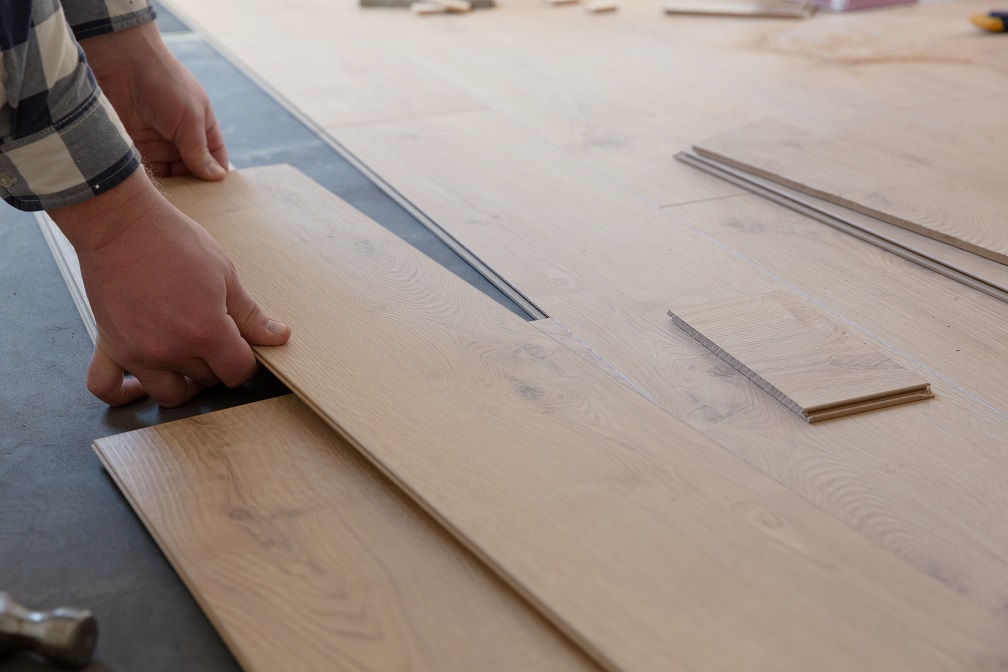
Benefits of installing new flooring
New flooring offers several benefits, such as increased durability, aesthetic appeal, and home value.
Increase in home value
New flooring can add value to your home. According to the National Association of Realtors, new flooring increases a home’s worth. And if resale is your end goal, look at what’s trending in your area. For example, installing tile might be better than laminate in your area depending on the current trends and what buyers are looking for.
Aesthetic effect
New flooring can make an entire home feel fresh. Flooring serves as the foundation of a home and sets the stage for the rest of your interior design. Stylish flooring can make all the difference in a space’s final look and feel.
Increased durability
Floors take a beating, especially if you have children and pets. One of the main benefits of installing a new floor is the ability to upgrade to a more durable option that can meet your family’s and your lifestyle’s needs.
How to save on flooring installation costs
If you’re looking to save some money while installing new flooring, here are three ways to save money on flooring installations and not break the bank:
1. Remove old flooring by yourself
By manually removing old flooring, homeowners can save money and potentially cut costs. Additionally, performing some of the necessary preparation work before hiring a contractor can result in financial savings.
2. Move furniture yourself
Moving the furniture yourself before or after installation can save homeowners additional costs that professionals often charge. You and a friend can move furniture out of your room and clear the area for new flooring installation instead of paying a professional crew money to do the same thing.
3. Balance price and quality of materials
Choosing higher-quality materials may be more expensive upfront, but they can be financially responsible in the long term. For instance, the least costly floors could be the most appealing at the time, but their low quality could cause you to replace them within a few years. Buying good quality but less expensive materials can save money on flooring installation and maintenance costs over time.
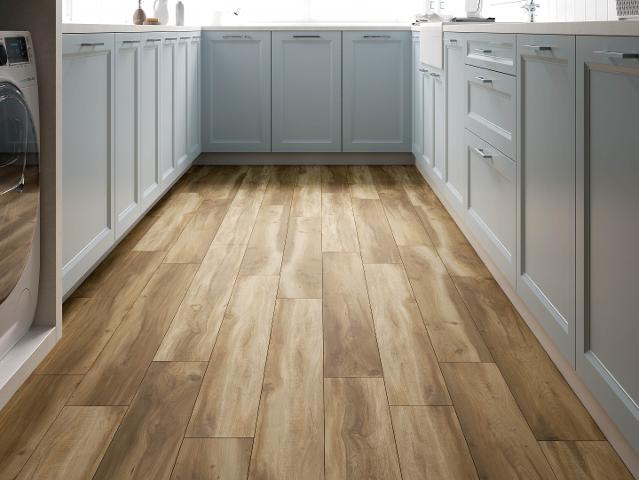
Contact us
Flooring installation costs can vary widely depending on the type of flooring and other factors like labor and materials. If you need help determining flooring installation costs, the experts at LX Hausys can help. Contact us from the contact form on our website and one of our experts will be happy to help you determine what flooring would work best and any of the potential costs associated.

